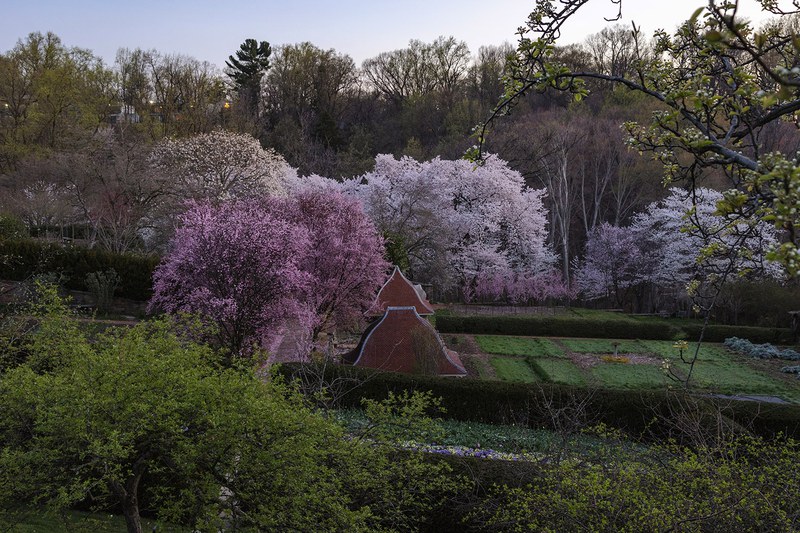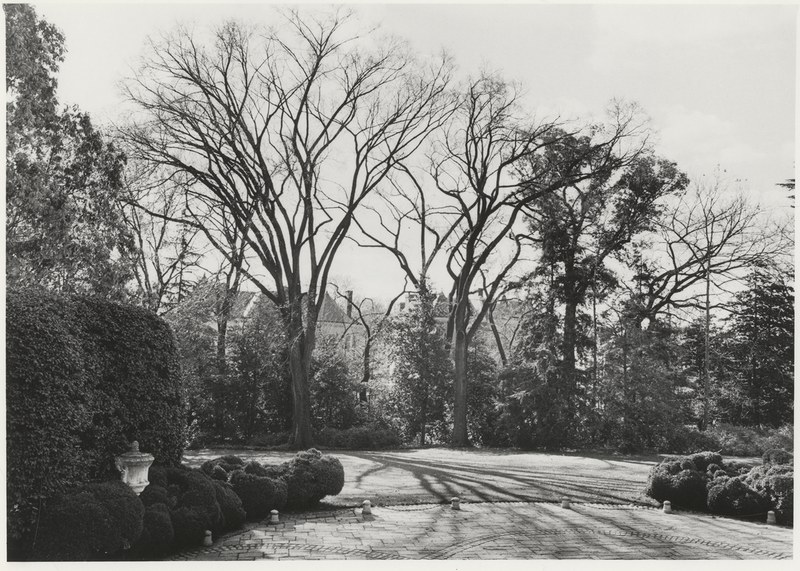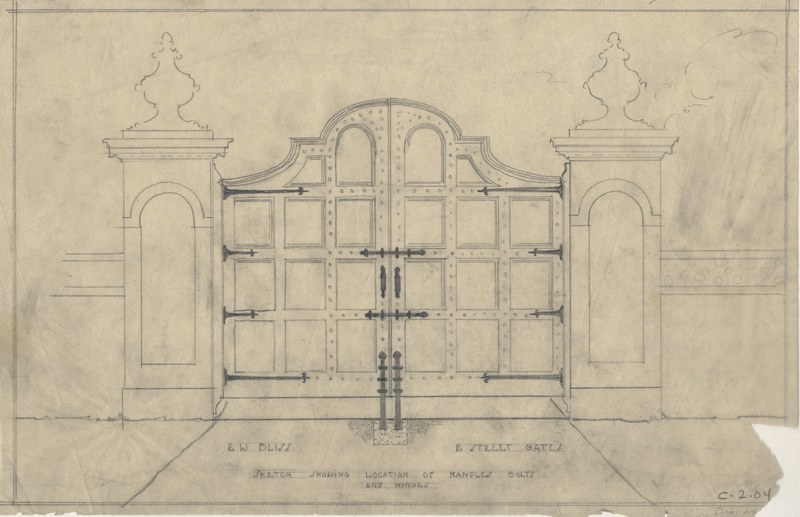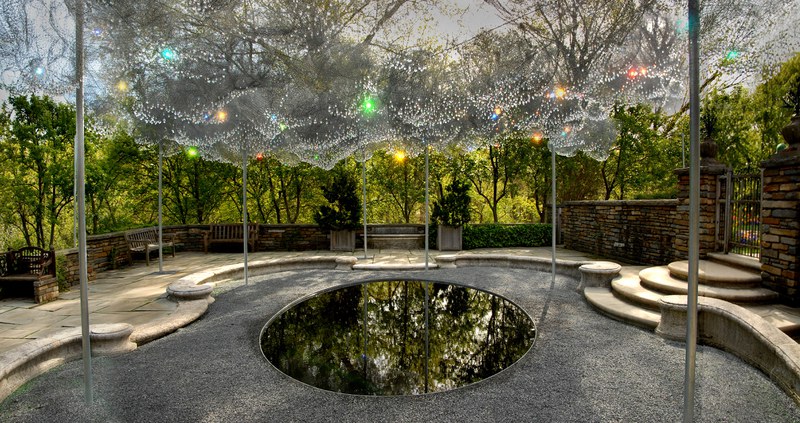
Dumbarton Oaks Gardens
In 1920, after a long and careful search, Mildred and Robert Woods Bliss found their ideal country house and garden within Washington, DC. They eventually purchased a fifty-three-acre property, described as an old-fashioned house standing in rather neglected grounds,
at the highest point of Georgetown. Within a year, the Blisses hired landscape gardener Beatrix Farrand to design the garden. Working in happy and close collaboration for almost thirty years, Mildred Bliss and Beatrix Farrand planned every garden detail, each terrace, bench, urn, and border. The upper sixteen acres were transferred to Harvard University in 1940 to establish a research institute for Byzantine Studies, Pre-Columbian Studies, and Garden and Landscape Studies.
Wildlife in the Gardens
There has been an increase in wildlife in the gardens, which is an excellent sign of the health of the ecosystem. Some of these visitors are black rat snakes, which are harmless and beneficial, as they help to control rodent populations. While you may be startled to encounter one, they are not aggressive or poisonous and should be left alone.
A Century in the Gardens
The Garden Centennial recognizes a century of stewardship and preservation of the Dumbarton Oaks Gardens through celebrations and exhibits. We will explore the different ways the gardens and landscape as a work of art has been utilized, with thoughts on the next hundred years. Using digitally accessible materials, curatorial newsletters, and in-person exhibitions, the Garden Centennial commemorates one of the most beautiful gardens in the world. Learn more about the Garden Centennial.






